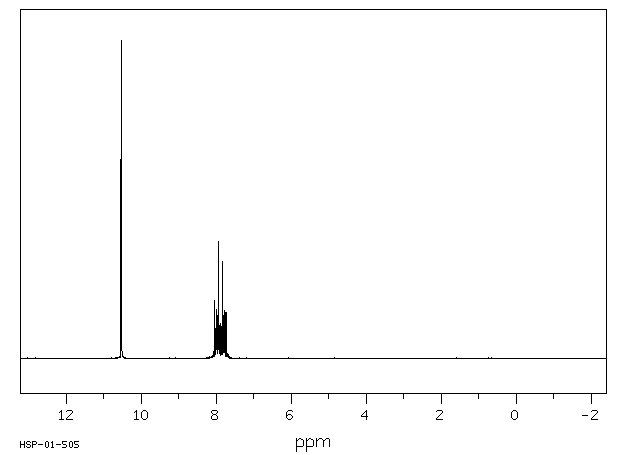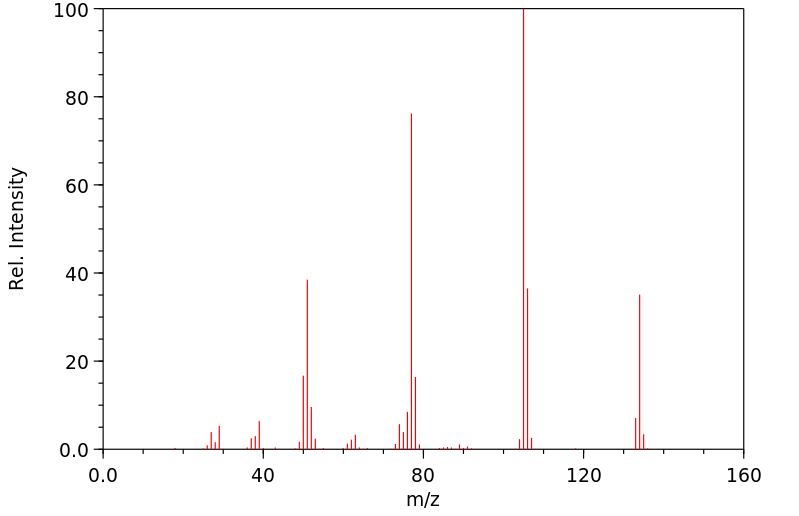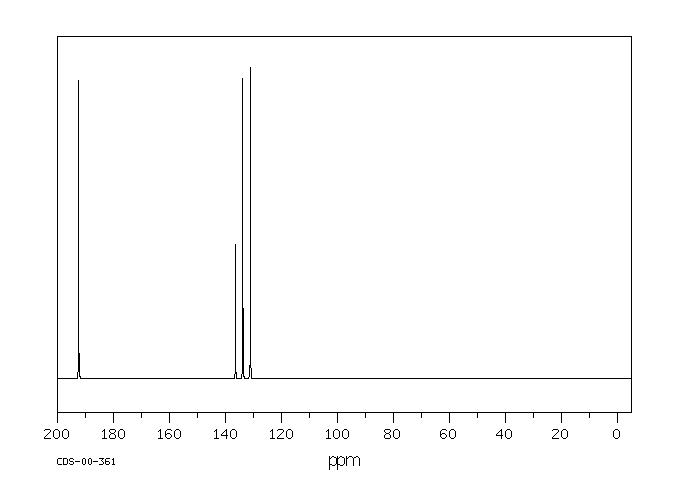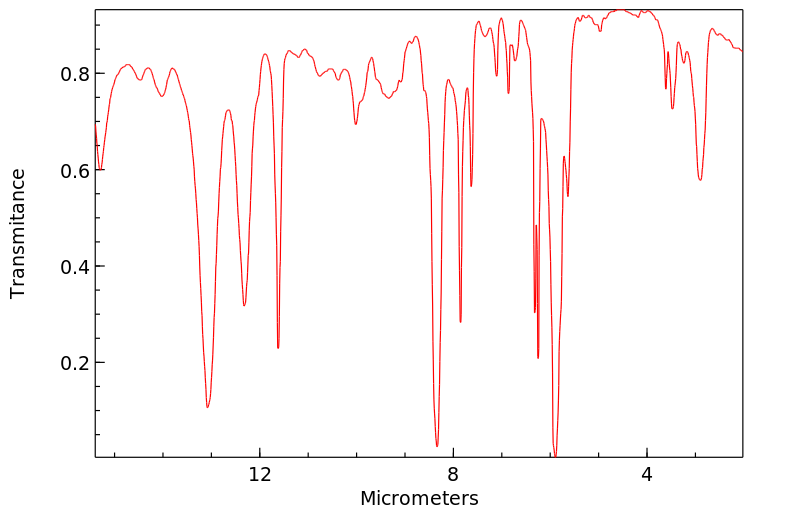毒理性
鉴定和使用:邻苯二甲醛(OPA)用作消毒剂和试剂,用于荧光法测定伯胺和硫醇。人体研究:OPA是用于医疗设备快速灭菌的常用溶液。有报道称,使用这种消毒剂进行膀胱镜检查后出现了过敏性休克的病例。也有描述使用OPA进行喉镜检查后发生的过敏性休克。在这些患者中,血清中检测到了OPA特异性IgE。内镜单元的4名工作人员出现了接触性皮炎,其中一人还发展成了哮喘。在仅使用含有OPA的抗菌溶液的80名女性消毒工作者中,与消毒相关的投诉发生率为:皮肤10%,眼睛9%,呼吸道症状16%。动物研究:在雄性小鼠中,注射OPA后,血清中产生了特异性IgE和IgG,表明OPA作为一种半抗原。总的来说,OPA引起了急性炎症,并作为一种半抗原性过敏原,尽管它仅引起了轻微的肝脏损伤。在对卵清蛋白(OVA)致敏的小鼠中,OPA增强了OVA诱导的中性粒细胞向肺部的募集和对特异性过敏原IgE的产生,这表明OPA作为一种免疫佐剂。在大鼠和小鼠中,OPA暴露的主要靶标包括呼吸系统(鼻腔、喉、气管和肺)、皮肤、眼睛、睾丸和附睾。在雄性和雌性大鼠和小鼠中,OPA吸入毒性的最敏感指标是鼻腔病变发生率的显著增加(最低可观察效应浓度=0.44 ppm)。在无外源代谢激活的情况下,OPA在鼠伤寒沙门氏菌TA100菌株中具有致突变性;在具有代谢激活的TA100或TA98或大肠杆菌WP2 uvrA/pKM101中,无论是否具有代谢激活,均未观察到致突变性。
IDENTIFICATION AND USE: o-Phthalaldehyde (OPA) is used as disinfectant and reagent in fluorometric determination of primary amines and thiols. HUMAN STUDIES: OPA is a commonly used solution for rapid sterilization of medical equipment. Cases of anaphylaxis following cystoscopy with endoscopes sterilized with this agent have been reported. OPA-induced anaphylaxis following laryngoscopy have also been described. In these patients, OPA-specific IgE was detected in the serum. Contact dermatitis occurred in 4 workers of the endoscopy unit, one of whom also developed asthma. Among 80 female disinfection workers who used only antiseptic solutions containing OPA, the incidence of disinfection-related complaints were 10% skin, 9% eye, and 16% respiratory symptoms. ANIMAL STUDIES: In male mice, injected OPA induced specific IgE and IgG in the sera, suggesting that OPA acts as a hapten. Overall, OPA caused acute inflammation and acted as a haptenic allergen, although it caused only mild liver injury. In mice sensitized to ovalbumin (OVA), OPA enhanced the OVA-induced recruitment of neutrophils to the lung and the production of allergen-specific IgE, suggesting that OPA acts as an immunological adjuvant. The major targets from OPA exposure in rats and mice included the respiratory system (nasal cavity, larynx, trachea, and lung), skin, eye, testis, and epididymis. The most sensitive measure of OPA inhalation toxicity in male and female rats and mice was significantly increased incidences of nasal cavity lesions (lowest-observable-effect concentration = 0.44 ppm). OPA was mutagenic in Salmonella typhimurium strain TA100 in the absence of exogenous metabolic activation; no mutagenicity was seen in TA100 with metabolic activation or in TA98 or Escherichia coli WP2 uvrA/pKM101, with or without metabolic activation.
来源:Hazardous Substances Data Bank (HSDB)










